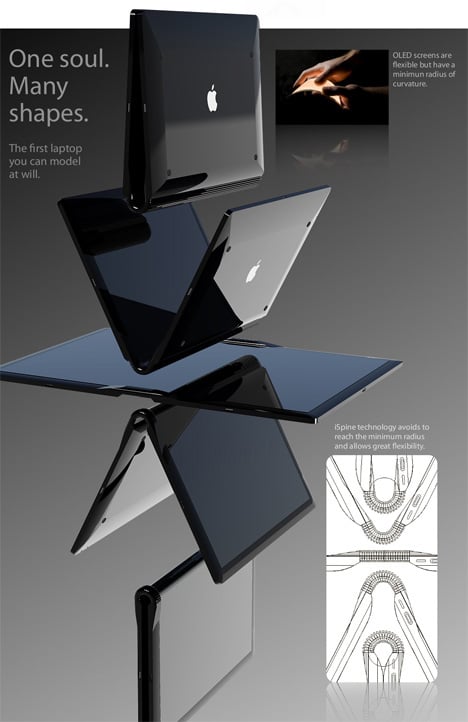Understanding Computers: The Backbone of Modern Technology


Computers have become an indispensable part of our daily lives, influencing how we communicate, work, and play. From personal laptops to powerful servers, the term “computers” encompasses a wide range of devices designed to process information. Understanding the various types of computers and their functions is essential in today’s digital age.
What Are Computers?
Computers are electronic devices that can perform a variety of tasks through programmed instructions. They can process data, perform calculations, and even facilitate communication. At their core, computers consist of hardware and software. The hardware includes components like the CPU, RAM, and storage devices, while software consists of the operating system and applications.

Types of Computers
The classification of computers can be based on their size, purpose, and capability. Here are the primary types:
- Personal Computers (PCs): Designed for individual use, these are the most common type of computers. They can be desktops or laptops, perfect for tasks ranging from browsing the web to gaming.
- Servers: These powerful machines provide data, resources, and services to other computers over a network. They are crucial for businesses and organizations that require large amounts of data processing.
- Mainframe Computers: Used primarily by large organizations for bulk data processing and critical applications, mainframes are known for their large size and processing power.
- Supercomputers: These are the fastest computers available, capable of processing vast amounts of data at incredible speeds. They are used in fields such as climate research, molecular modeling, and complex simulations.

The Evolution of Computers
The journey of computers began in the mid-20th century with the invention of the first electronic computers. Initially, these machines were enormous and used primarily for scientific calculations. Over the decades, advancements in technology have led to the development of smaller, more powerful, and user-friendly computers.
Key Milestones:
- 1940s: Introduction of the first electronic computers like ENIAC.
- 1970s: The personal computer revolution began with models like the Apple II and IBM PC.
- 2000s: The rise of mobile computing with laptops and smartphones.
The Role of Computers in Everyday Life
Computers significantly impact various sectors, enhancing productivity and efficiency. In education, they facilitate e-learning platforms. In healthcare, they support patient data management and telemedicine. Additionally, computers drive innovations in finance, marketing, and entertainment, making them integral to modern society.

Future of Computers
The future of computers lies in advancements such as quantum computing and artificial intelligence. Quantum computers promise to revolutionize data processing speeds, while AI continues to enhance user experience and automation.
Conclusion
In summary, computers play a crucial role in shaping our world, driving innovation and connectivity. Their evolution reflects humanity’s quest for efficiency and knowledge. Understanding computers is not just for tech enthusiasts; it is essential for everyone in the digital era. With ongoing advancements, the potential for computers to transform our lives is greater than ever.
